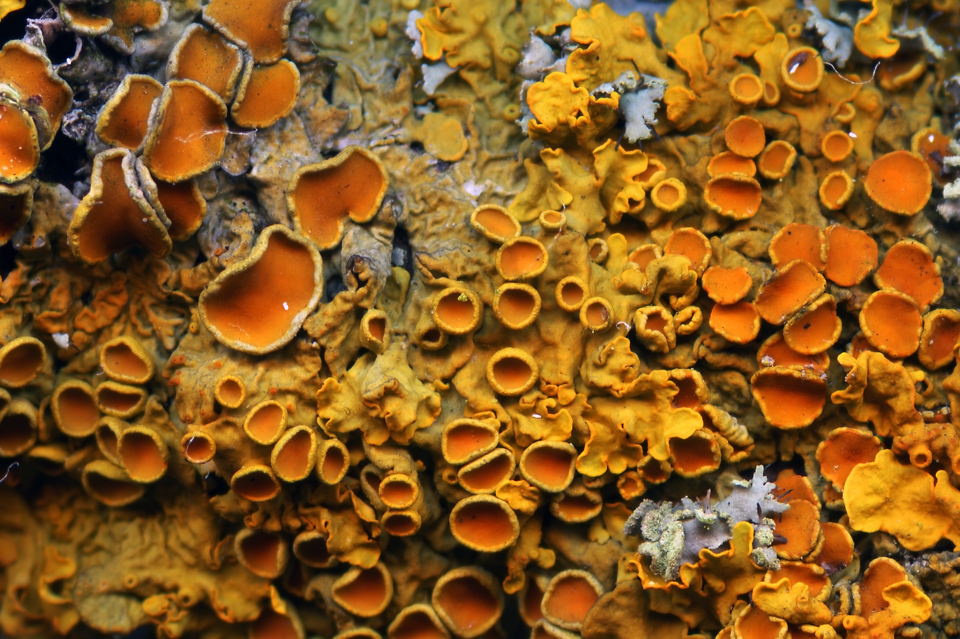The Ed's Up #146

The First Book Excerpt Is Up!
I'm really excited to announce that the first excerpt from my book is now up, at the New Yorker, no less! It's doubly delightful to me because this was the very first part of the book that I wrote, almost two years ago--and it's still one of my favourite stories from it. It's about mums, microbes, milk, babies, and breasts, and presents an amazing new slant on the very familiar act of breastfeeding. And of course, if you like it, the book is out in just two short weeks, and is available to pre-order. (Image: Rachel Levit Ruiz) 
How a Guy From a Montana Trailer Park Overturned 150 Years of Biology
"In 1995, if you had told Toby Spribille that he’d eventually overthrow a scientific idea that’s been the stuff of textbooks for 150 years, he would have laughed at you. Back then, his life seemed constrained to a very different path. He was raised in a Montana trailer park, and home-schooled by what he now describes as a “fundamentalist cult.” At a young age, he fell in love with science, but had no way of feeding that love. He longed to break away from his roots and get a proper education." (Image: Conor Lawless)

How To Summon The Bird That Guides You To Honey
"Say “Brrrr” but roll all the r’s. Now quickly add “Hm” with a sharp rising inflection, as if you’re indignantly questioning someone. Congratulations: if you ever find yourself in northern Mozambique, you can now summon the greater honeyguide. It's a small African bird, whose scientific name—Indicator indicator—hints at its extraordinary behavior. It eats beeswax, and although it excels at finding bees’ nests, it can’t sneak past the stinging insects alone. Instead, it recruits humans. It approaches them, makes a loud “tirr-tirr-tirr-tirr” call, and flies in the direction of a nest. Throughout Africa, people have learned to follow it. They subdue the bees with fire and tools, and steal the delicious honey. To pay their avian guide, many of them leave pieces of wax behind. This is arguably the greatest partnership between humans and any wild animal." (Image: Claire Spottiswoode)

How Salmonella Could Be Used to Kill Cancer
"Salmonella bacteria are best known as a causes of food poisoning and typhoid fever. Every year, they sicken millions of people. But those in Jeff Hasty’s lab at the University of California, San Diego, are different. They’ve been neutered and modified so that rather than causing gastro-catastrophes, they kill tumors. Hasty’s team has engineered the microbes to produce a variety of anti-cancer drugs, and to self-destruct when they reach a certain density. In their death throes, the bacteria release their toxic payloads to kill the tumor cells around them. “It’s like a kamikaze mission,” says Hasty. But not all the bacteria die. About 10 percent of them survive and can re-seed the population, triggering many more rounds of self-destruction and drug delivery." (Image: Pawel Kopczynski)

A Brief Ode to the Perfect Pathogen
"As my colleague Nora wrote, the delegates at the Republican National Convention may just be facing a norovirus outbreak. A nasty piece of work. Noroviruses are highly contagious: It takes just 18 viral particles to start an infection. Once they’re off, they reproduce rapidly and then leave their hosts in prodigious numbers. A single gram of poo can contain up to 100 billion viral particles, which means that one infected bowel movement technically contains enough norovirus to infect all of humanity." (Image: Carlo Allegri)

Animals Have Evolved Into Parasites At Least 200 Times
More good reads
- “It opened its mouth and a murder mystery came out.” Matt Soniak on how a shark in a Sydney aquarium ended up with a human arm.
- A 3775-year-old complaint letter about customer service, inscribed on a clay tablet.
- The woman who forced us to look death in the face. David Robson on the incredible life of Jessica Mitford.
- Mountain lions would save 155 people from dying in deer collisions, but also kill 30 people. Never put them on a trolley.
- This is huge news: the Navy has been barred from using whale-killing sonar during peacetime. By Nick Stockton. And do check out War of the Whales—a great read on this topic.
- A jaw-droppingly beautiful photo essay from Tony Wu, who swam among sperm whales
- This New Yorker piece by Marcia Bjornerud begins with a stunning description of mass extinctions.
- Why are paranoia and schizophrenia more common in cities? Vaughan Bell explores.
- Do-it-yourself biologists who hit the crowdfunding jackpot have learned that genetic engineering isn’t so easy after all. By Antonio Regalado
And that's it! Thanks for reading.
-Ed